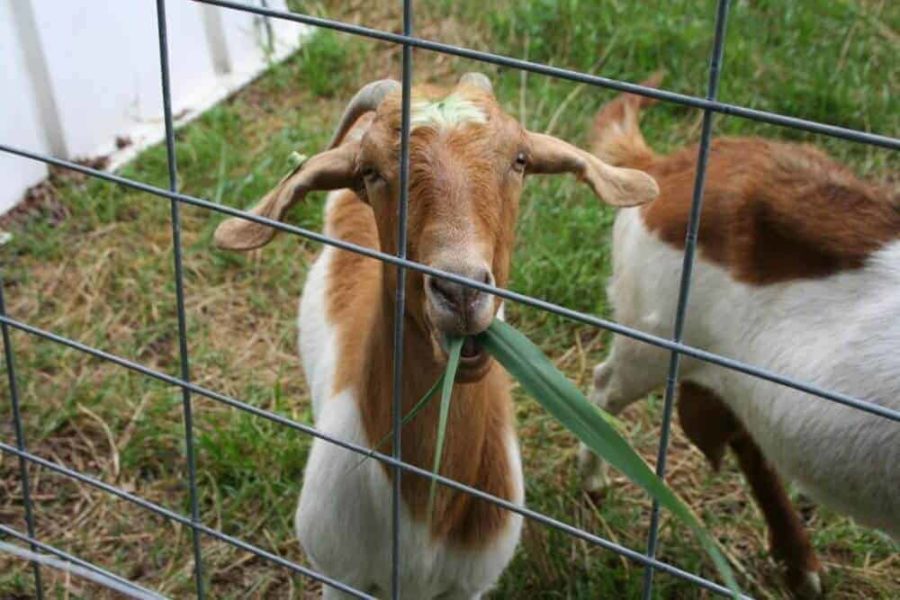Herbivores, not herbicides, may be the most effective way to combat the spread of one of the most invasive plants now threatening East Coast salt marshes, a new Duke University-led study finds.
Phragmites australis, or the common reed, is a rapid colonizer that has overrun many coastal wetlands from New England to the Southeast. A non-native perennial, it can form dense stands of grass up to 10 feet high that block valuable shoreline views of the water, kill off native grasses, and alter marsh function.
Land managers traditionally have used chemical herbicides to slow phragmites’ spread but with only limited and temporary success.
Now, field experiments by researchers at Duke and six other U.S. and European universities have identified a more sustainable, low-cost alternative: goats.
“We find that allowing controlled grazing by goats or other livestock in severely affected marshes can reduce the stem density of phragmites cover by about half in around three weeks,” said Brian R. Silliman, lead author of the new study and Rachel Carson associate professor of marine conservation biology at Duke’s Nicholas School of the Environment.
“The goats are likely to provide an effective, sustainable and much more affordable way of mowing down the invasive grass and helping restore lost ocean views,” he said.
In fenced-in test plots at the USDA Beltsville Agricultural Research Center in Maryland, Silliman and his colleagues found that a pair of the hungry herbivores could reduce phragmites cover from 94 percent to 21 percent, on average, by the end of the study. Separate trials showed that horses and cows would also readily eat the invasive grass.
In addition to restoring views, the controlled grazing allowed native plant species to re-establish themselves in the test plots over time. The native species diversity index increased five-fold.
“For more than two decades, we’ve declared major chemical and physical warfare on this grass, using all the latest manmade weapons,” Silliman said. “We’ve used helicopters to spray it with herbicides and bulldozers to remove its roots. More often than not, however, it returns.
“In this study, we show that sustainable, low-cost rotational livestock grazing can suppress the unwanted tall grass and favor a more diverse native plant system,” he said.
Silliman said the re-emergence of native marsh plants could happen even faster and be more sustained if managers combine grazing with the selective use of herbicides to eradicate any remaining phragmites and then re-plant native species in its place.
The research findings appear this week in the open-access online journal PeerJ.
“This could be a win-win-win-win situation,” Silliman said. Marshes win because native diversity and function is largely restored. Farmers benefit because they receive payment for providing the livestock and they gain access to free pasture land. Managers win because control costs are reduced. Communities and property owners win because valuable and pleasing water views are brought back.
The approach has been used for nearly 6,000 years in parts of Europe and recently has been successfully tested on small patches of heavily phragmites-invaded marshes in New York, he notes. “Now, it just has to be tested on a larger spatial scale.”
The only drawback, he added, is that “people have to be okay with having goats in their marsh for a few weeks or few months in some years. It seems like a fair trade-off to me.”


